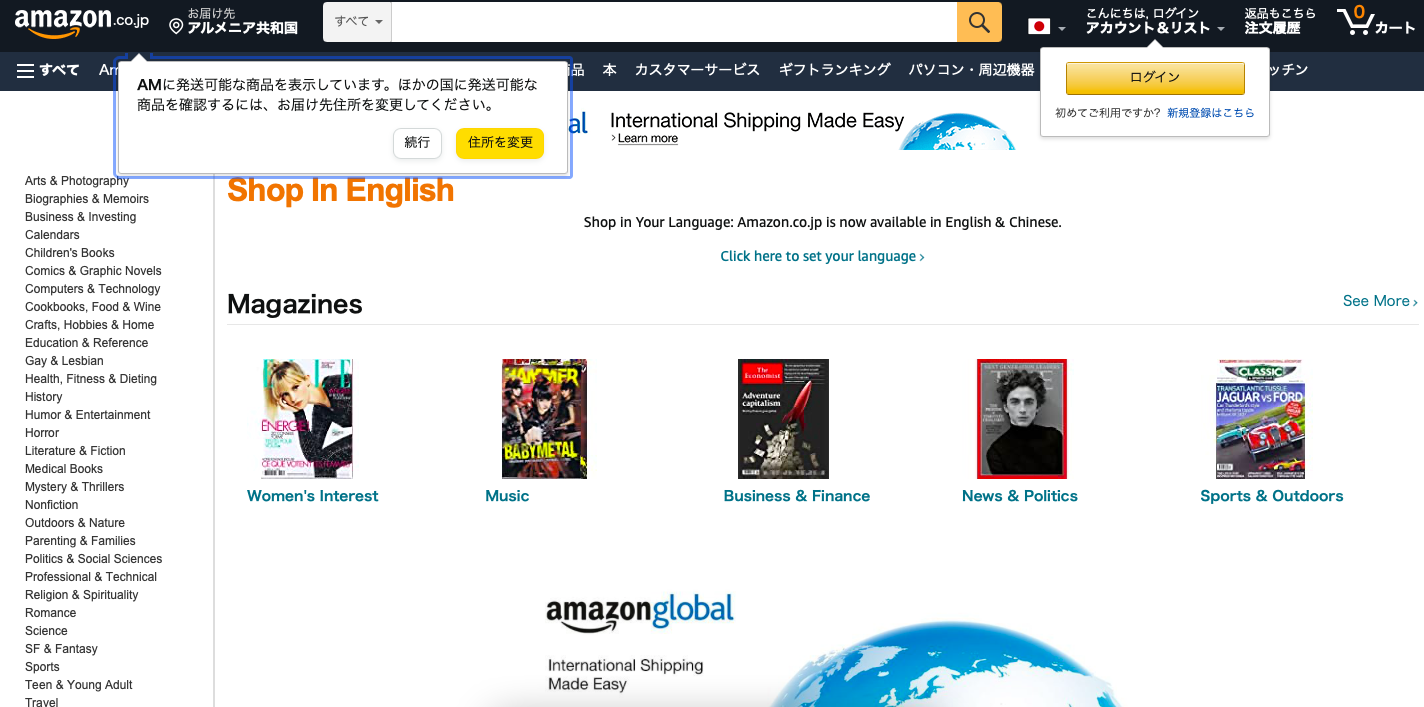The COVID-19 pandemic has severely shut down many brick-and-mortar stores. On the other hand, it has accelerated the growth of online shopping, and Japan’s e-commerce market is no exception.
Japan’s e-commerce market
In 2020, Japan has become the third largest e-commerce market. Japan recorded e-commerce revenue of US $ 114 billion that year. This represented a 29% contribution to the global growth rate, according to ecommerceDB.
Imagine the tremendous opportunity Japan will open for online merchants in 2022!
This thriving growth does not seem to end soon. That is why we decided to analyze what the e-commerce market in Japan has in store for you in the next year.

Opportunities and tips of Japanese online market
COVID-19 has changed the Japanese e-commerce market. According to GlobalData, By the end of 10.5, online sales were up 2021%.
This is quite a feat considering that Japanese users are in no rush to embrace new trends. But the bans on the pandemic have triggered new digital changes in the country.
Most Japanese people nowadays work from home. This has forced both consumers and companies to switch to e-commerce platforms.
As of July 2021, the Japanese Ministry of Internal Affairs and Communications estimated that more than 50% of Japanese homes order goods and services online.
This is not just a local trend. Japanese consumers are now more open to shopping overseas. DMFA (Digital Marketing for Asia) says international purchases increased by 17.2%.
At this rate, Japan’s international purchases are expected to grow 18.3% in 2022. That’s roughly 20.2 million overseas consumers.
But success in Japan requires more than just listing and advertising products. We will talk about this below. Let’s see how foreign sellers can make their mark in the Land of the Rising Sun.
Rakuten online store
Since its launch in 1997, Rakuten has grown to become the largest digital platform in Japan. In fact, this market is often considered the Japanese Amazon.
It is also one of the most profitable marketplaces in the world. This is thanks to long-term acquisitions by Rakuten like Buy.com. This purchase allowed Rakuten to expand into the US market.
And growth reflects well on their revenue. In 1.9, Rakuten served 2019 billion users. Annual sales were $ 31.7 billion.
Rakuten, the largest e-commerce site in Japan, is a great place to expand your store in East Asia.
Rakuten also has several ecommerce consultants. These are local experts who will advise you on store management issues. Consultants will also tell you how to increase sales in the market.
Online shopping in Japan: Amazon
Another great strategy for Japanese sellers is digital payment services. GlobalData reports that 64% of Japanese consumers prefer to use payment cards to shop online.
In addition, Amazon Pay accounts for 3.8% of online payments. This is just behind PayPal, which owns 5%.
The best place to carry out these strategies is LINE. It is the most popular messaging app in Japan. Its daily use is much higher than Facebook or Instagram.
LINE is a one-stop social media platform. Features like LINE Pay allow customers to make fast online payments.
The app also has medical consultation, music streaming and AI assistant.
Retail Giant is on par with Rakuten as Japan’s leading e-commerce site. According to Amazon, Amazon Japan had revenue of $ 12.3 billion in 2020 alone. ecommerceDB.
Amazon Japan can ship next day to about 95% of the country. This is thanks to Japan’s first-class infrastructure.
This ease of transportation gives Amazon Prime sellers a great opportunity to attract new subscribers in Japan.
Amazon sellers in Japan also get access to all Amazon seller tools. This includes Amazon fulfillment, brand registry, and more.
To succeed in Japan. Locals expect quality and detailed content from sellers.
Here’s what you need to gain the trust of the Japanese e-commerce market:
- Go relatives. Don’t assume your clients understand English. Make sure your descriptions and customer service are written in Japanese.
- Details. Submit as much product details as possible. This applies to both product descriptions and product images. Japanese consumers want all the information they need about a product before purchasing.
- Expand. Don’t limit yourself to one marketplace. Open online stores at Amazon Japan, Rakuten, and Yahoo!
Japan’s e-commerce market opportunities
Japan also has excellent delivery services. For example, Yamato is the most popular carrier in Japan. EcommerceDB states that 52% of Japanese online retailers use Yamato as their service provider.
Plus, Sagawa Express and Japan Post are two other great options. These carriers help 45% and 23% of stores, respectively.
These companies can be excellent allies for international merchants. For example, Rakuten vendors might work with one of the previous vendors.
So, partner with one of these service providers. You will definitely increase your Japan shipping capabilities.
A look into the future
E-commerce is thriving in Japan. As of 2020, about 74% of Japanese consumers have made online purchases. Statista.
GlobalData also predicted a compound annual growth rate (CAGR) of 6% for Japan through 2025. Statista predicts a CAGR of 8%. That’s over $ 273.4 billion in growth!
The country’s population is technically savvy. Mobile penetration is very high and users are switching to online shopping every day.
And then there are stores like Rakuten and Amazon Japan. Such marketplaces will help new brands successfully serve the Japanese market.
So, if you want to go overseas in 2020, keep an eye on Japan.
We wish you a productive day!
1


